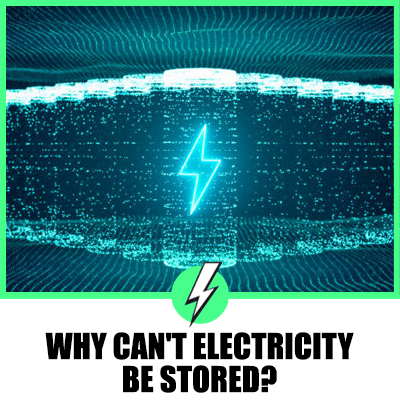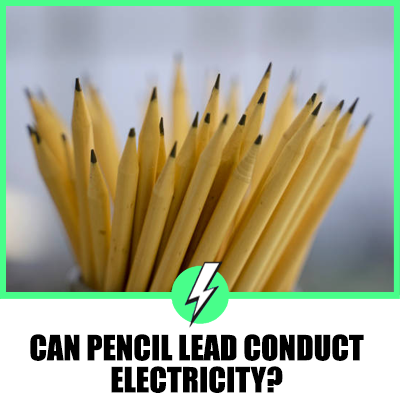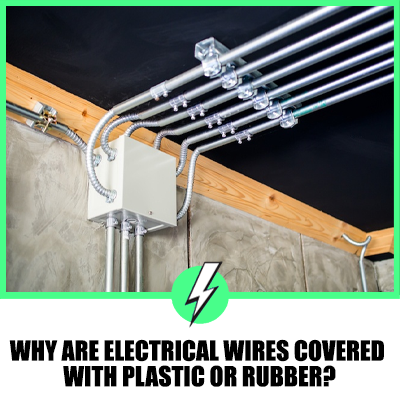Why Can’t Electricity Be Stored?
Contents
The Challenge of Storing Electricity
Electricity, a form of energy that powers our world, presents a unique challenge when it comes to storage.
Unlike physical commodities such as water or grain, electricity cannot be stored directly.
It must be converted into another form of energy, stored, and then converted back into electricity when needed.
This process is not only complex but also fraught with inefficiencies.

Why is Electricity Difficult to Store?
The difficulty in storing electricity lies in its very nature.
Electricity is the flow of electrons, and these electrons need to be constantly moving.
When we generate electricity, we can’t just “store” these moving electrons for later use.
Instead, we have to convert the electrical energy into another form of energy that can be stored.
For instance, in a battery, electrical energy is converted into chemical energy.
The chemical energy is stored in the battery and then converted back into electrical energy when needed.
However, this conversion process is not 100% efficient.
Some energy is lost in the form of heat during the conversion process, making it less efficient to store electricity than to use it immediately.
Is it Possible to Store Electrical Energy?
While it’s challenging, it is indeed possible to store electrical energy.
There are several methods currently in use, each with its own advantages and disadvantages.
Batteries
Batteries store energy in a chemical form.
When the battery is charged, electrical energy is converted into chemical energy and stored.
When the battery is used, the chemical energy is converted back into electrical energy.
Pumped Hydroelectric Storage
This method involves pumping water uphill to a storage reservoir when electricity demand is low.
When demand is high, the stored water is released to flow downhill, turning turbines that generate electricity.
Compressed Air Energy Storage
This method involves using electricity to compress air and store it under pressure.
When electricity is needed, the compressed air is released and used to turn a turbine to generate electricity.
Thermal Energy Storage
In this method, electricity is used to heat a material (like molten salt), which stores the energy as heat.
The heat can then be used to generate steam, which drives a turbine to generate electricity when needed.
Flywheels
Flywheels store electrical energy as kinetic energy.
Electricity is used to spin a flywheel, and the energy is stored in the spinning motion.
When electricity is needed, the spinning flywheel drives a generator to produce electricity.
Is it True that Energy Cannot be Stored?
It’s not true that energy cannot be stored.
Energy can be stored, but the challenge lies in storing it efficiently and in a cost-effective manner.
As mentioned above, there are several methods to store energy, but each comes with its own set of challenges and inefficiencies.
What are the Challenges with Electricity Storage?
The main challenges with electricity storage are efficiency, cost, and scalability.
The process of converting electricity into another form of energy and then back into electricity results in energy loss, reducing efficiency.
The technologies used for electricity storage, such as batteries or pumped hydroelectric storage systems, can be expensive to build and operate.
Finally, scalability is a challenge.
While it’s possible to store energy on a small scale, such as in a battery, storing large amounts of energy, such as the amount needed to power a city, is much more challenging.
Insights from Online Discussions
Online discussions provide a wealth of insights into the challenges and potential solutions for electricity storage.
Here are some key takeaways from various online forums:
The Cost and Efficiency of Batteries
Batteries are the most common form of electricity storage, but they are not without their challenges.
As Bill Gates notes in his blog post, storing enough electricity to power a house for a week would require a huge battery and would significantly increase the electric bill.
The Potential of Pumped Hydroelectric Storage
The U.S. Environmental Protection Agency (EPA) highlights pumped hydroelectric storage as a significant form of electricity storage in the United States.
However, this method requires specific geographical features and has environmental impacts.
The Role of Renewable Energy
Many discussions highlight the role of renewable energy sources, like solar and wind power, in the future of electricity.
These sources are intermittent, meaning they don’t produce energy all the time.
This makes the need for efficient, large-scale electricity storage even more critical.
The Future of Electricity Storage
Many discussions point to ongoing research and development in electricity storage technologies.
From improvements in battery technology to new methods like flywheels and supercapacitors, the future of electricity storage looks promising.
Conclusion
In conclusion, while storing electricity presents significant challenges, ongoing research and technological advancements hold the promise of more efficient and cost-effective solutions in the future.
The ability to store electricity effectively and efficiently will play a crucial role in the transition to a more sustainable, renewable energy-powered future.





